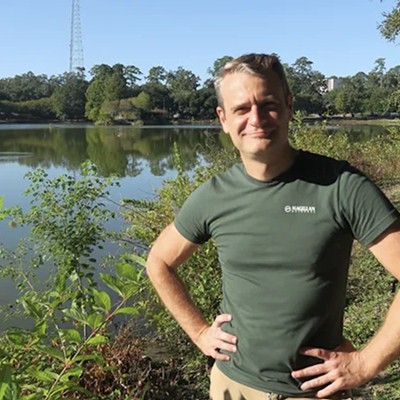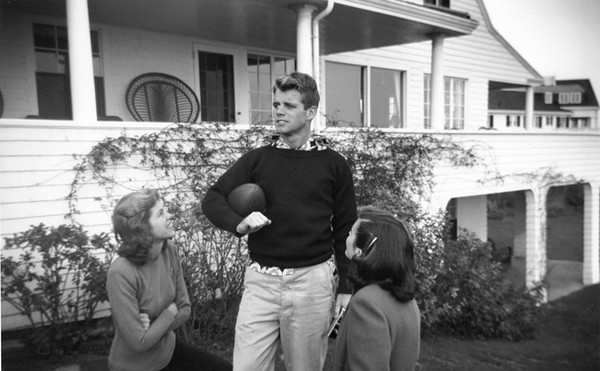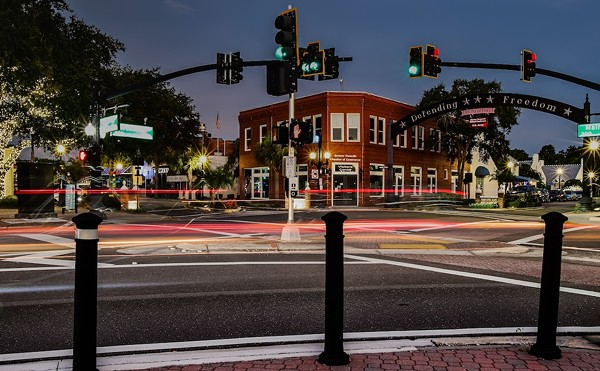Who? Will Michaels
Sphere of influence: Historic preservation, neighborhood issues and social services. Michaels is the president of the nonprofit St. Petersburg Preservation Inc. He is a board member and former executive director of the St. Petersburg Museum of History. He has also served as vice president for the Council Of Neighborhood Organizations and worked with Pinellas County's Juvenile Welfare Board for over 20 years.
How he makes a difference: "One of the founding fathers said, 'It's hard to argue with a battery of hard facts,'" Michaels says to explain his influence. The Bahama Shores resident prefers a quiet approach to city issues, using research to bolster his case for various neighborhood or preservation initiatives. Through CONA, he distributes information about new developments to various neighborhoods. His work with St. Pete Preservation has helped save several historic structures. While executive director of the St. Petersburg Museum of History, Michaels renovated and expanded exhibits, brought back school tours and secured funding for several years.
CL: Recently, St. Pete Preservation has succeeded in efforts to save elements of the First Baptist Church and Crislip Arcade. With that in mind, what is the current state of preservation in St. Pete?
Michaels: I think we've come a good way, but we have a lot farther to go.
One of the problems has been that part of it was caused by these latest zoning regulations; that's why you had this flurry of development activity in the downtown area. The developers were buying up property and submitting applications for redevelopment for projects that are very, very iffy, and may very well never happen. Unfortunately, a number of historic properties got caught up in the middle of that. The Garden Cafeteria being one of those. It's been, in a sense, like putting out fires in the last year or two. No sooner do you get set to move in a certain direction, and all of a sudden something else pops up.
[The] Crislip [Arcade is] an example of this. We didn't have the Crislip on our immediate radar screen until we heard the owners/buyers of it wanted to immediately demolish it. That just popped up like a mushroom and it required an immediate response. And, of course, that takes away from other programs that we're viewing as being strategic, or perhaps in the greater scheme of things of higher historic importance.
I kind of feel this is the same with the city. The city is in more of a reactive mode than they are in a proactive mode. I hope that will change. We had a meeting this week with the new Community Preservation Commission. It was interesting to hear David Bacon, the current chair of the CPC, talking about the commission having a role in fostering and promoting historic preservation in St. Petersburg. Where I think the mode of the commission in the past has been more like a court, you know. They being the "impartial deciders." You don't have to have a background in historic preservation to be on the commission. But it was not proactive.
I think the next stage for St. Pete Preservation and the city, and hopefully this can be done to some extent collaboratively, is to put together a plan for comprehensive historic preservation in our community both in the near term and the long term.
What's the next historic project for St. Pete Preservation Inc.?
We're working on several things. ... In terms of the landmarking of buildings, we have suggested to the city a number of buildings for consideration for landmarking in the near future. We're continuing to work with them to try and get positive steps taken to accomplish the landmarking of those buildings.
The building that we're most interested in, that most deserves landmarking, is the Detroit Hotel. That is the most historic building, without a doubt, in the city. It's virtually the very first building that was built in St. Petersburg. The original part is still standing and even the wings that have been added on are historic. [There's the] two brick structures; you got a 1910 structure on one side and a 1914 structure on the other side. That used to be the social center of the city. It certainly sparked the economy of the city. That was the terminus of the railroad, and if you were going to bring all these tourists and businesspeople to St. Petersburg, they had to have some place to stay so we had the Detroit Hotel there. And if you go back and look at its history, over the years we've had everybody from William Jennings Bryan to Eleanor Roosevelt stay there, and people like President Kennedy before he was president making campaign speeches there. So it just has a wealth of history. We did have some meetings with some of the owners there a while back. We plan to have another meeting with the owners there in the near future, and hopefully convince them to proceed with the landmarking of the Detroit hotel on a collaborative basis.















